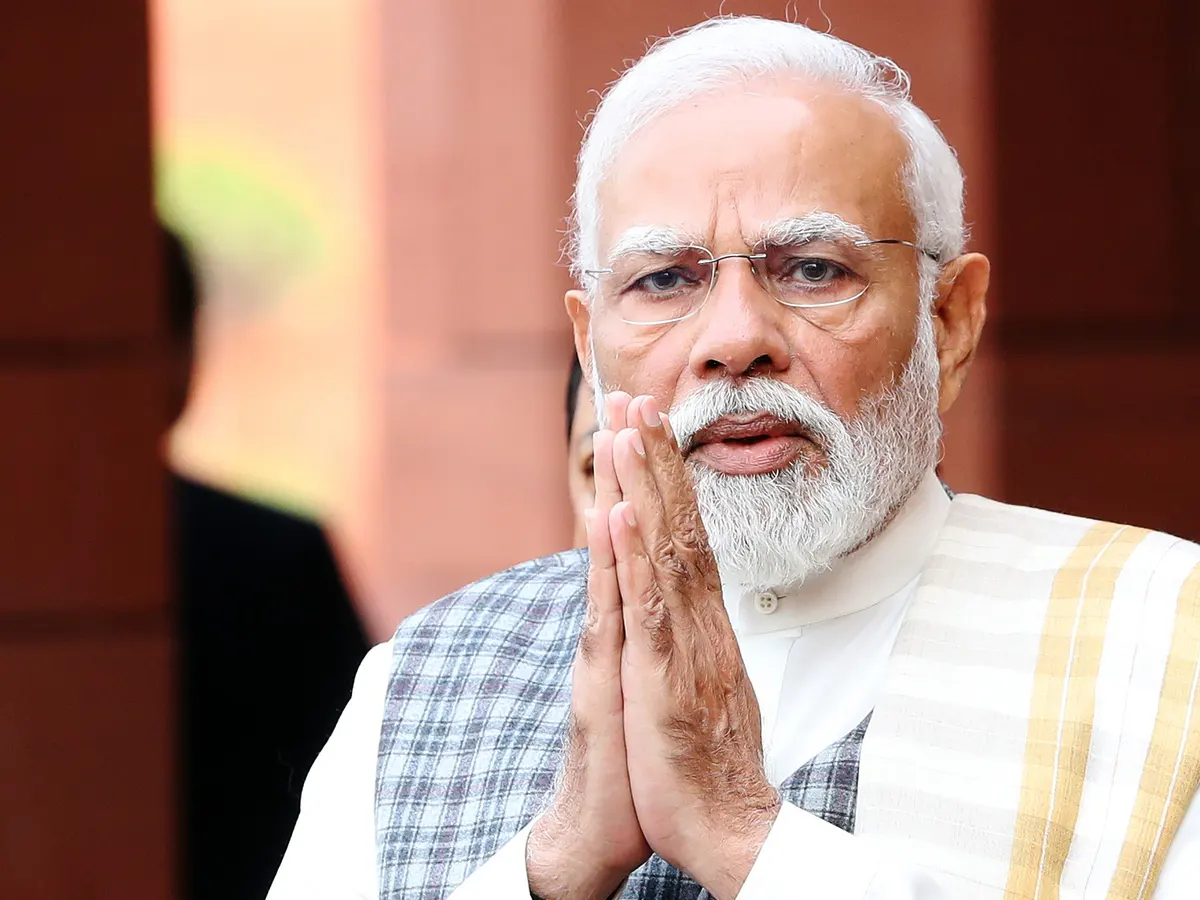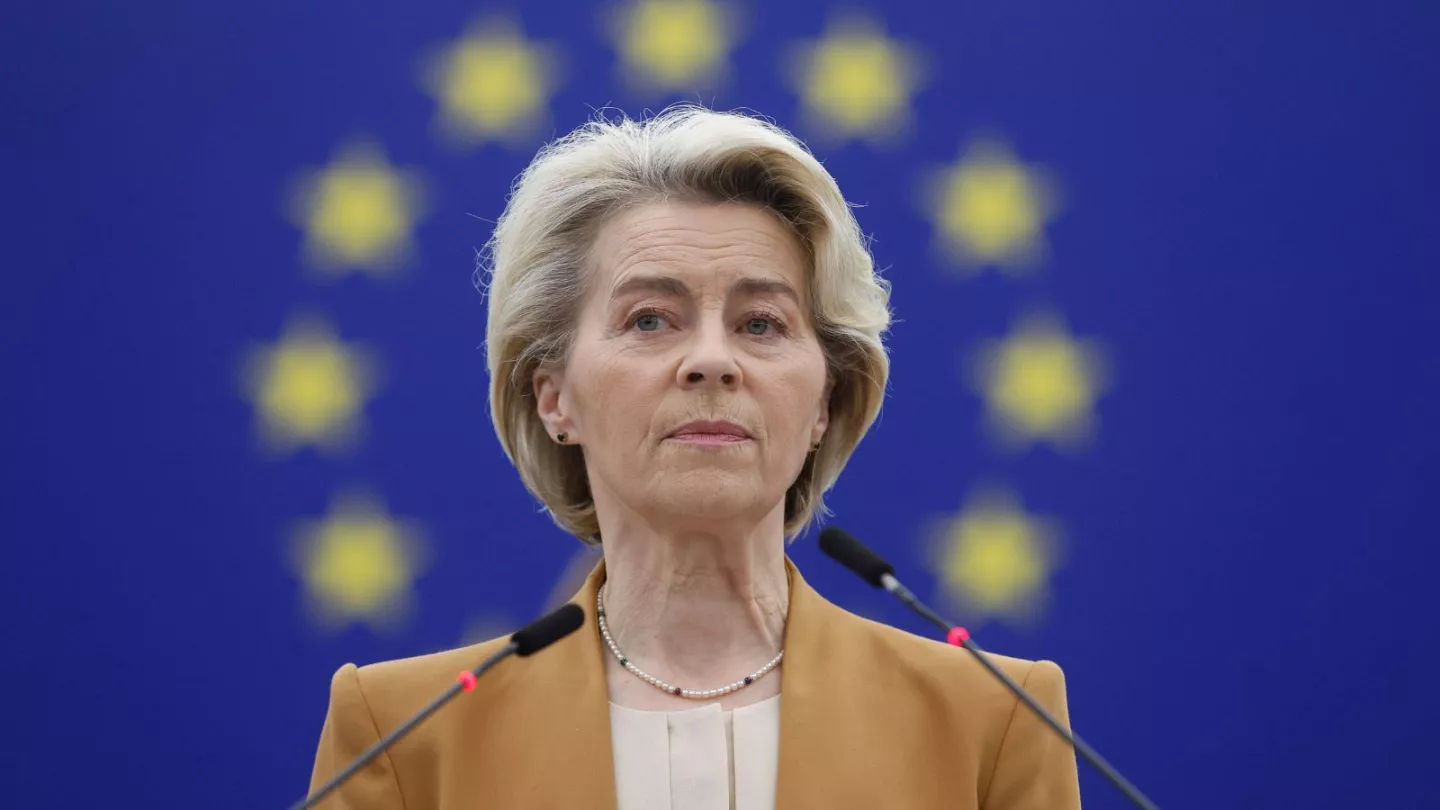India's upcoming general elections, commencing on April 19, have attracted global attention as they represent the world's most intricate electoral exercise, courtesy of its position as the most populous nation. This democratic endeavor, spanning from April 19 to June 1, is a testament to India's logistical prowess, aiming to cater to nearly a billion eligible voters across its vast expanse.
Prime Minister Narendra Modi seeks reelection for a third term, leading the Bharatiya Janata Party (BJP), with aspirations to secure a qualified majority in the Lok Sabha, India's lower house of parliament. The opposition, however, is not lagging, with various parties rallying to challenge Modi's bid, emphasizing issues like economic reform, social justice, and environmental concerns.
The sheer scale of the elections is unprecedented, involving extensive preparations to ensure that every eligible voter can participate. Polling stations are strategically placed within 2 kilometers of every voter, ensuring accessibility. The electoral process is not just about casting votes; it's a massive logistical operation requiring the deployment of millions of election officials and security personnel, alongside the use of technology and AI to ensure a free and fair election.
To delve deeper into the organization of India's electoral juggernaut, it's pivotal to appreciate the logistics and innovations underpinning this democratic spectacle. The election commission has orchestrated a phased voting process, spread over 44 days, to manage the colossal task of facilitating nearly a billion voters. This staggering duration is necessitated by the geographic and demographic enormity of India, requiring the meticulous deployment of election officials and security personnel across its diverse and sprawling landscapes. The objective is clear: to ensure that every eligible voter, regardless of their location, can access a polling station within a reasonable distance, thus upholding the democratic principle of inclusivity.
Technological advancements play a crucial role in streamlining this process. Electronic Voting Machines (EVMs) are deployed extensively, aimed at ensuring the integrity and efficiency of the voting process. Moreover, the use of artificial intelligence and digital technologies by political parties to strategize and campaign has introduced a new dynamic into the electoral battle. The Election Commission also faces the challenge of maintaining transparency and fairness amidst concerns over electoral bonds and the influence of money in politics.
These efforts underscore the complex balance between logistical feasibility and the imperative of democratic integrity, showcasing India's commitment to executing an electoral process that is both inclusive and robust. The organization of such an election, in the world's largest democracy, is not just a testament to India's democratic spirit but also sets a benchmark for electoral management on a global scale.
At the same time, the significance of these elections extends beyond national boundaries, with potential implications for global politics, economics, and India's stance on international issues. A victory for Modi could mean a continuation of current policies, whereas a win for the opposition could herald policy shifts, especially in terms of economic reform and social policies.
In conclusion, the world watches as India undertakes this monumental democratic exercise. The outcomes of these elections could redefine India's future trajectory, influencing not only its domestic policy but also its role on the international stage. But beyond their political significance, the elections in India represent the most complex example of election organization, offering an extremely insightful case study.









